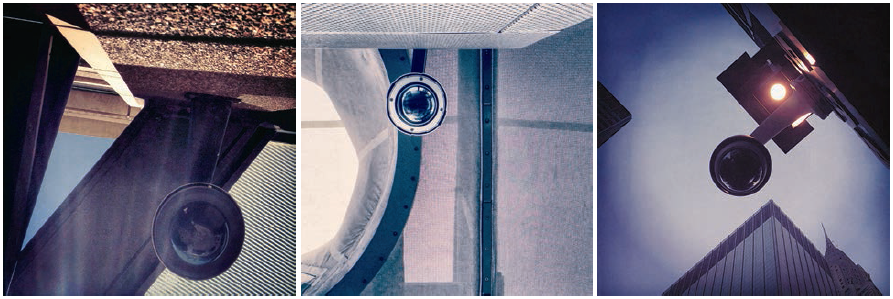Acoustic ocean gliders recorded the Western Pacific Biotwang, a complex call emanating from the Mariana Trench, with moans as deep as 38 Hz and metallic peaks as high as 8000 Hz. The ghostlike Casper octopod, discovered last year, may be threatened because it must compete with mining companies to brood its eggs. Eleven thousand tons of plastic enter the Great Lakes annually. In five years, more than a third of U.S. households may be unable to afford water. Test subjects who are made to feel poor wish to eat more junk food. The number of humans who are now underfat is 675–750 million, the number who are normally fat is 1–2 billion, and the number who are overfat is 4.5–5.5 billion. Foreign travel may increase immoral behavior by increasing travelers’ moral relativism. The more negative the coverage of celebrities, the darker their skin appears in the photos that accompany the stories. Britons have difficulty remembering that white people are white. European surveyors mapped the Pole of Ignorance.
Iowa psychologists argued that, starting in the nineteenth century, the role of dying has become confused with the role of being sick. The Hadza have poorer sleep quality and stronger circadian rhythms than industrialized people and have an average nap duration of 47.5 minutes. Americans sleep worse when subjected to daily discrimination, and non-whites are four times more likely to sleep poorly. After running a race in Toowoomba, Party Till Dawn tested positive for methamphetamine. Judges sentence more harshly the day daylight saving time begins. Americans consider lying by telling the truth to be as bad as lying by making false statements. Bad bosses can be categorized as either dysfunctional or dark. Children who are exposed to superheroes become more aggressive but not more likely to defend victimized peers. Americans’ disgust about moral violations owes more to the character of the transgressor than to his or her actions. It is up to an individual embryo whether its blastopore develops into a mouth or an anus. A macaque mounted a sika, masturbated, and ejaculated on her back; the doe then licked off the semen, and the monkey mounted another doe, who resisted his advances. Following a heart attack, 44 percent of Koreans arrive at an emergency room within the “golden time.” Autistic boys tend to dislike the color yellow. Legionella is present in roughly a third of U.K. showers. When they can’t solve their own problems, horses ask humans for help.
Psychologists described the Invisibility Cloak Illusion, wherein we believe that we perceive others more than they perceive us, and concluded it cannot be attributed solely to Better Than Average Bias but must exist because we don’t often catch strangers watching us. A psychoanalyst concluded that her six-year-old hemophiliac patient expressed a desire to have his penis cut off, become a girl, and die because of his fear of castration. Forty-two percent of women in U.S. prisons identify as sexual minorities. The largest U.S. botulism outbreak since 1978 was traced to Mississippi prison moonshine. Female arsonists are distinguished from other female felons by alcohol dependence, relatively effective anger regulation, and “problematic fire interest.” A patient invented a history of being a sexually sadistic serial killer in order to intrigue his therapist, whom he succeeded only in frightening; when subsequently hospitalized, the patient complained of hearing Italian opera in the night. Alcohol makes it harder for mice to forget the bad times. Hairy-legged vampire bats have started drinking the blood of humans. A graduate student named Borges found a tarantula eating the entrails of a snake. Cognitive scientists in Jerusalem continued to explore the Alternative Omen Effect.






